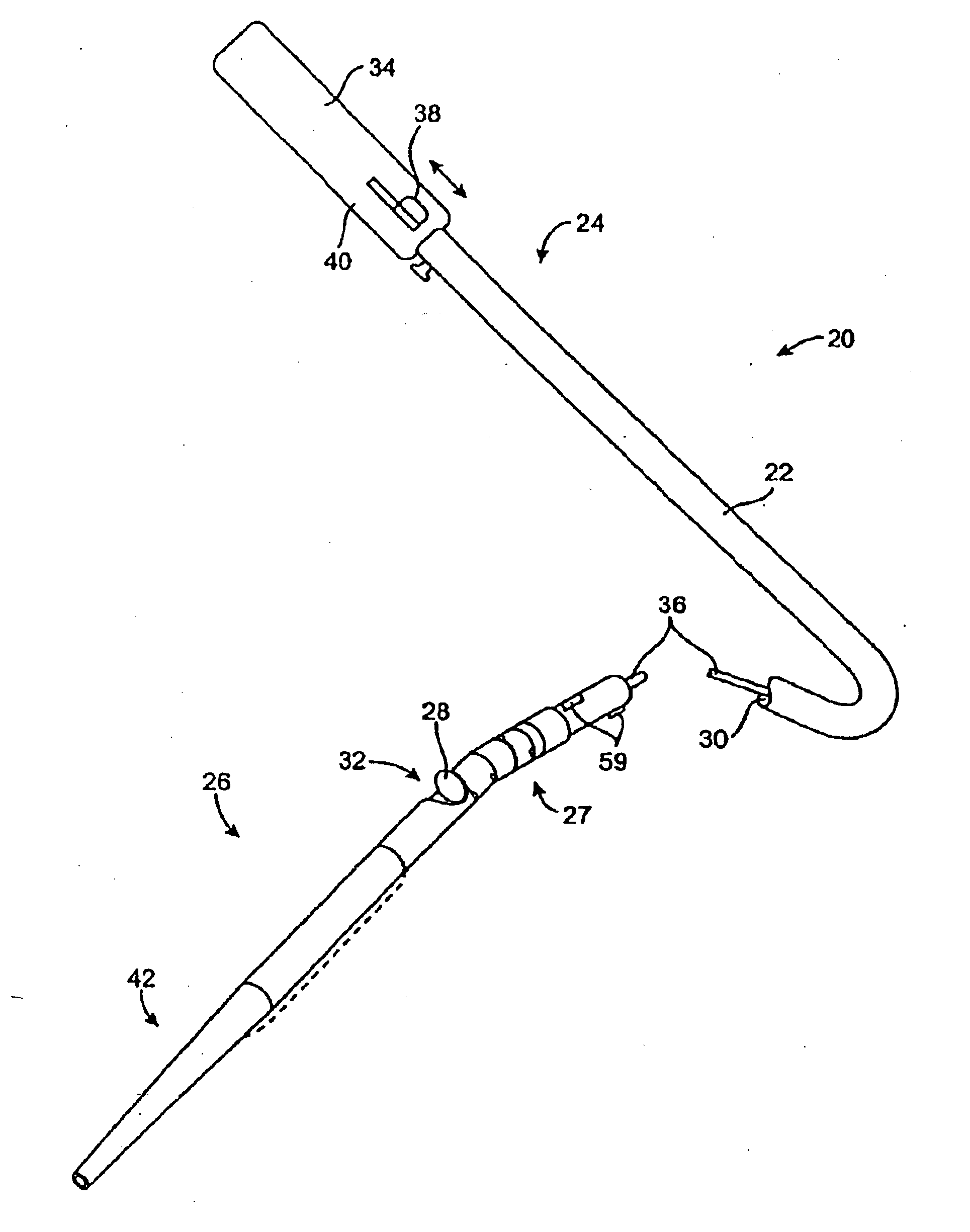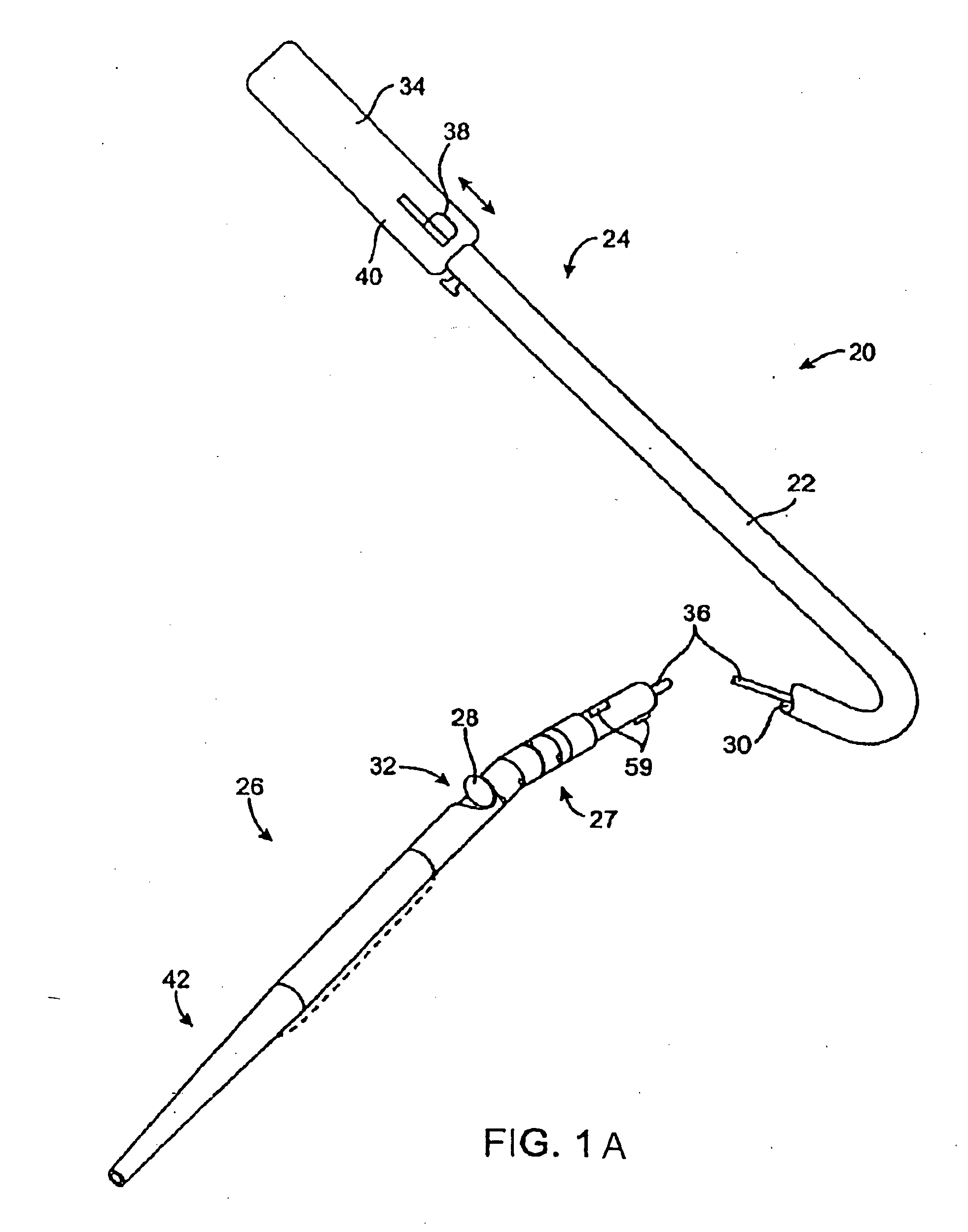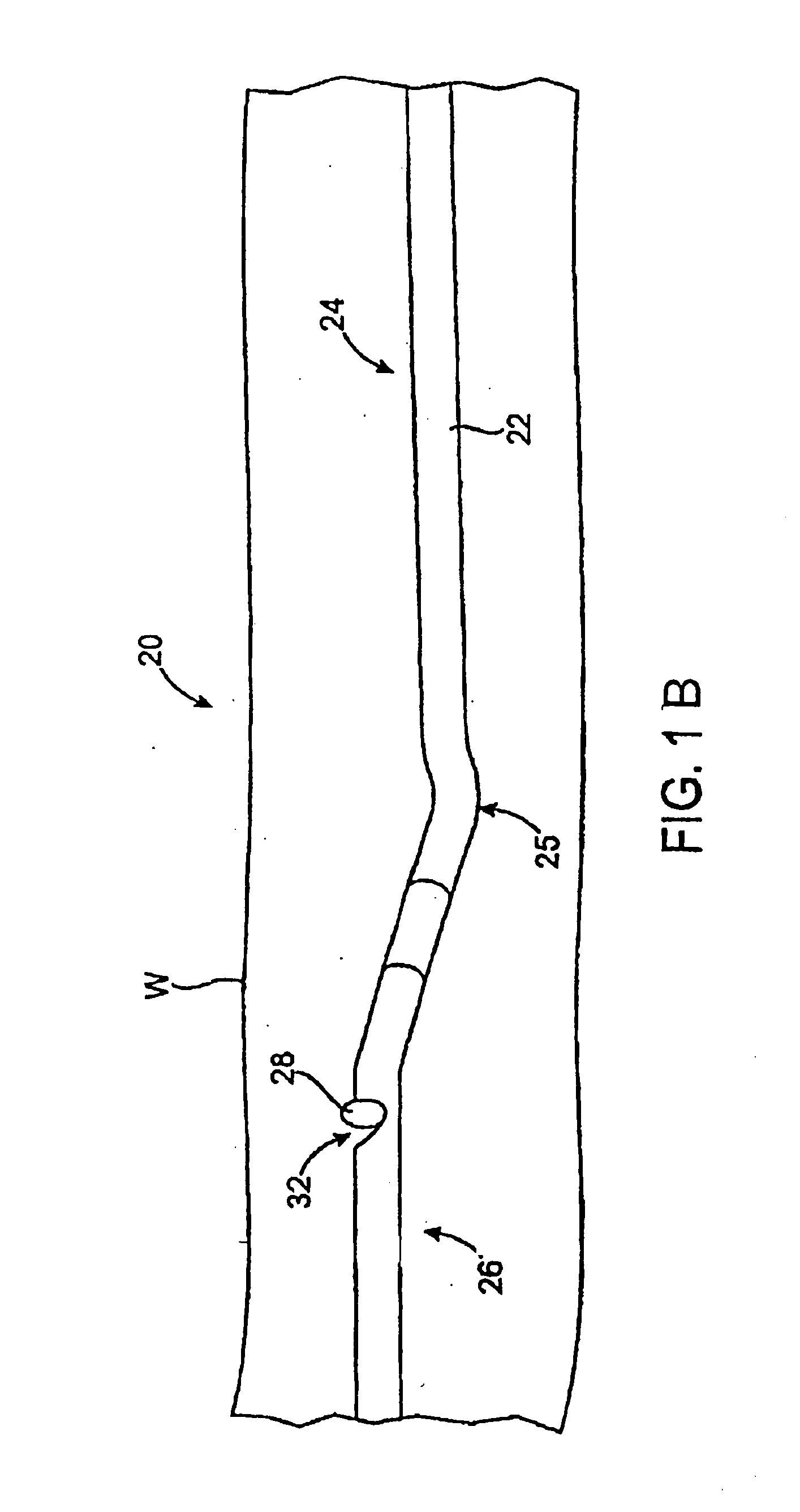Method of evaluating a treatment for vascular disease
- Summary
- Abstract
- Description
- Claims
- Application Information
AI Technical Summary
Benefits of technology
Problems solved by technology
Method used
Image
Examples
example 1
Bilateral Appendage Comparison of Protein Content in Resected Arterial Plaque
[0135] For this study five patients with peripheral arteriolosclerosis were selected. Plaque tissue was removed from both legs in all patients. See FIG. 23 for images of the gross tissue mass removed. Some of the removed tissue was frozen. For analysis some of the frozen tissue was thawed and fixed with 10% formalin and subjected to routine paraffin processing. Five micron sections were cut, stained with elastic and Trichrome collagen stains and these slides were microscopically evaluated for general histology. FIG. 24 illustrates the histological results and FIG. 25 designates for the 5 patients the presence or absence of lipid deposits, and the proteins: CD68, CRP, and Lp-PLA2. Only the last patient (BAKCA) had some discordance between the stained protein content, the rest of the patients had the same lipid and protein levels as measured by immunohistochemistry in both their left and right legs. Gene ar...
example 2
[0136] Tissue extraction and preparation is conducted as described in Example 1. The isolated tissue is analyzed for the following protein markers using standard techniques known in the art: interleukin-18, RANTES, fractalkine, interleukin-1-beta, matrix metalloproteinase-9, tumor necrosis factor-alpha, monocyte inflammatory protein alpha, E-selectin and P-selectin.
PUM
 Login to View More
Login to View More Abstract
Description
Claims
Application Information
 Login to View More
Login to View More - R&D
- Intellectual Property
- Life Sciences
- Materials
- Tech Scout
- Unparalleled Data Quality
- Higher Quality Content
- 60% Fewer Hallucinations
Browse by: Latest US Patents, China's latest patents, Technical Efficacy Thesaurus, Application Domain, Technology Topic, Popular Technical Reports.
© 2025 PatSnap. All rights reserved.Legal|Privacy policy|Modern Slavery Act Transparency Statement|Sitemap|About US| Contact US: help@patsnap.com



